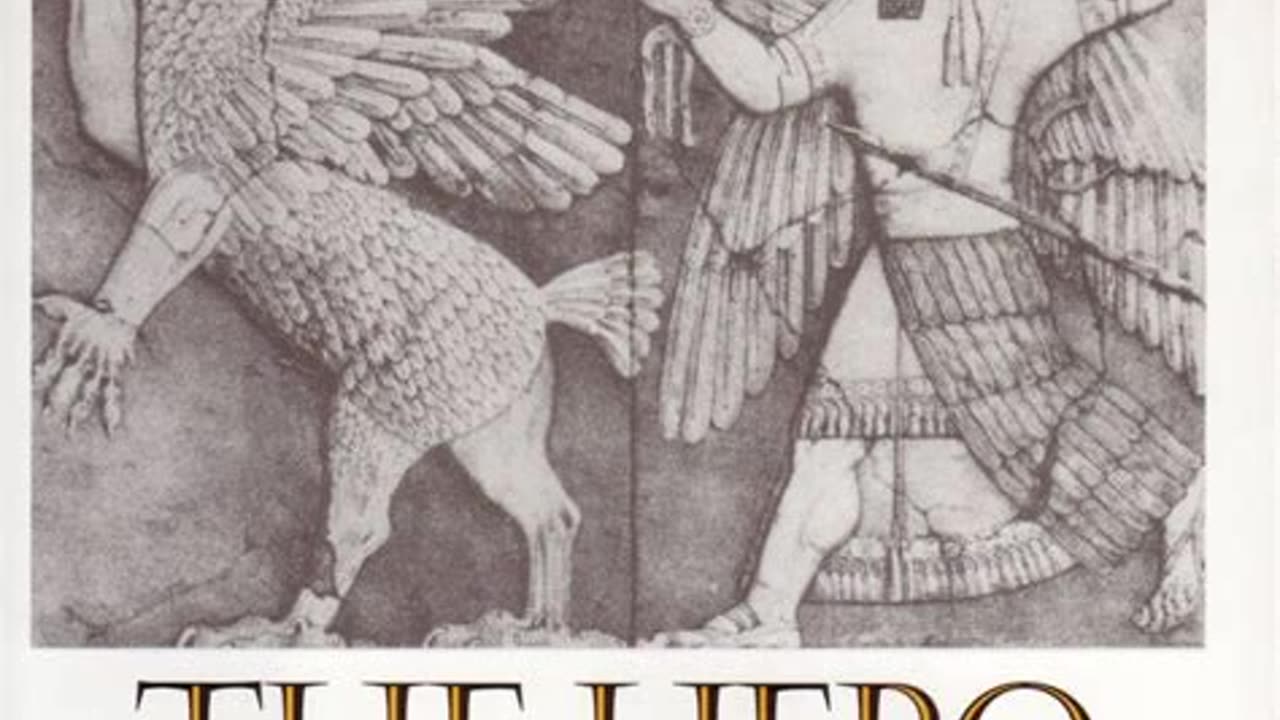Premium Only Content

The Hero with a Thousand Faces by Joseph Campbell | Summary
Buy Here: https://amzn.to/4b0dkgF
""The Hero with a Thousand Faces"" by Joseph Campbell is a seminal work that explores the common elements and archetypes found in myths, folklore, and religious stories from various cultures throughout history. Published in 1949, the book outlines Campbell's theory of the monomyth, also known as the hero's journey.
The central idea is that myths and stories from diverse cultures share a fundamental structure and pattern in the hero's journey. This journey typically involves a hero who embarks on an adventure, faces challenges and trials, undergoes transformation, and ultimately returns home with newfound wisdom or a boon to share with the community.
Key concepts in ""The Hero with a Thousand Faces"" include:
1. The Hero's Journey: Campbell outlines a universal narrative structure that includes stages such as the call to adventure, meeting mentors and allies, facing trials, encountering a supreme ordeal, and achieving transformation.
2. Archetypes: Campbell identifies common archetypal characters and symbols found across cultures, such as the hero, the mentor, the threshold guardian, and the mythic cycle of death and rebirth.
3. The Hero's Return: The hero, having undergone a profound transformation, returns to the ordinary world to share the wisdom gained during the journey.
""The Hero with a Thousand Faces"" has had a significant impact on the study of mythology, literature, and storytelling. Campbell's ideas have influenced numerous writers, filmmakers, and artists, including George Lucas in the creation of ""Star Wars."" The book is considered a classic in the fields of comparative mythology and narrative theory."
-
 2:16:26
2:16:26
Megyn Kelly
22 hours agoBen Shapiro Responds to Tucker Carlson, Plus Sydney Sweeney and Newsom, with Knowles and Klavan
83.2K216 -
 2:10:39
2:10:39
LFA TV
1 day agoRUMBLE RUNDOWN WEEK 5 with JEREMY HERRELL AND SHAWN FARASH 11.8.25 9AM
135K22 -
 56:11
56:11
X22 Report
5 hours agoMr & Mrs X - Women Are Fighting Back Against Men In Women's Spaces, It Has Begun - EP 15
61.2K26 -
 LIVE
LIVE
I_Came_With_Fire_Podcast
11 hours agoDark Hollywood, Ghosts on 'Cops', and Government Cover-Ups
216 watching -
 20:46
20:46
Jasmin Laine
1 day agoJoe Rogan Drops NUKE—Carney’s Secret Deal + 100,000 Kamloops Homes at Risk
30.5K40 -
 4:00
4:00
Mrgunsngear
1 day ago $21.36 earnedFirst They Came For Glock, Now They're Coming For The Ruger RXM
40.3K18 -
 1:42:46
1:42:46
Lara Logan
1 day agoINJECTING TRUTH INTO THE VACCINE DEBATE with Del Bigtree | Ep 43 | Going Rogue with Lara Logan
36.2K42 -
 12:55
12:55
Cash Jordan
22 hours agoNYC Busses 'MOBBED' by Millionaires... as "Communist" Mayor VOWS to END AMERICA
28.2K46 -
 18:54
18:54
Bearing
1 day agoNew York COMMUNIST TAKEOVER 🚨 Zoran Mamdani’s Revolution 💥
26.7K107 -
 1:05:26
1:05:26
Man in America
1 day ago“Poseidon” Doomsday Sub, Microplastics & The War on Testosterone w/ Kim Bright
55.6K57